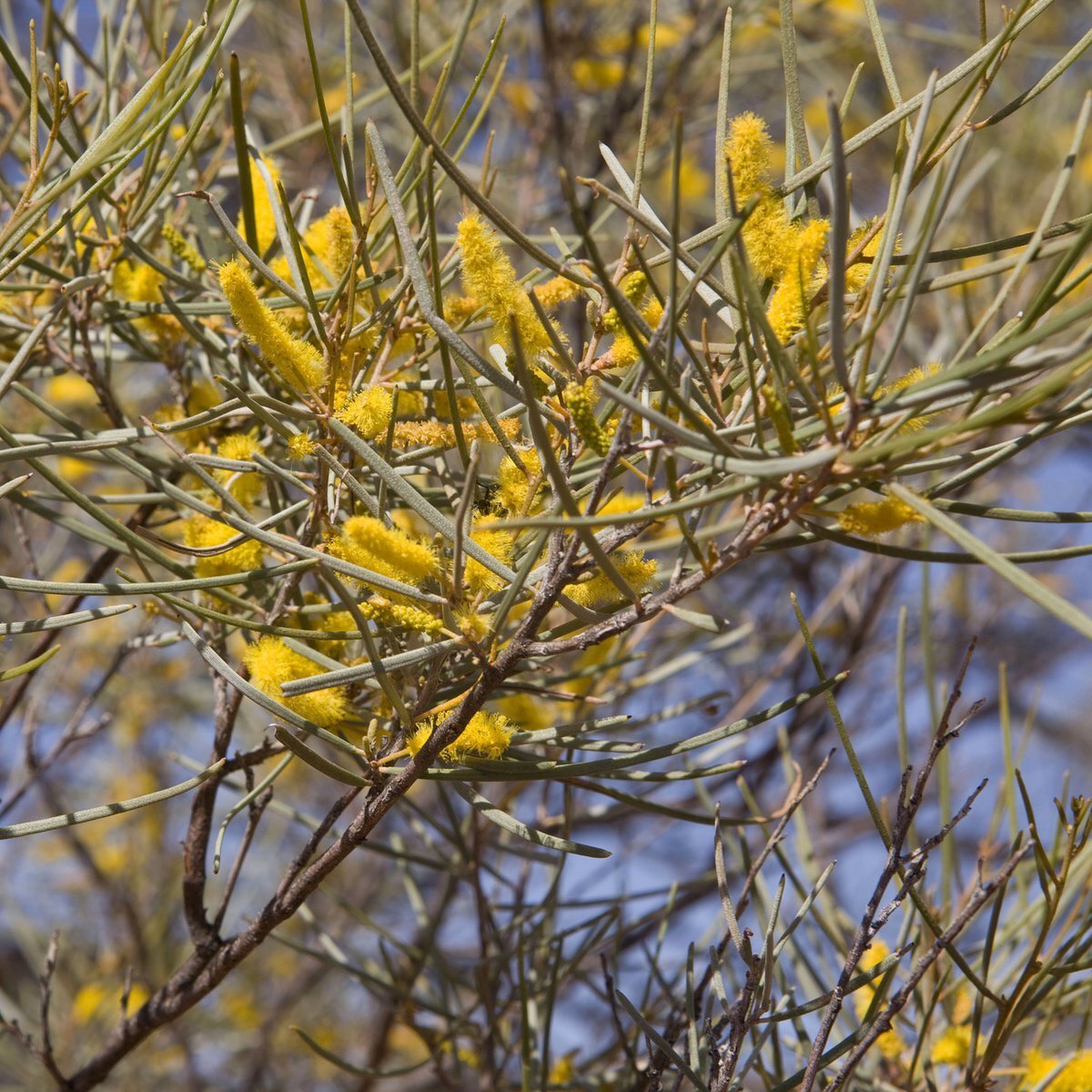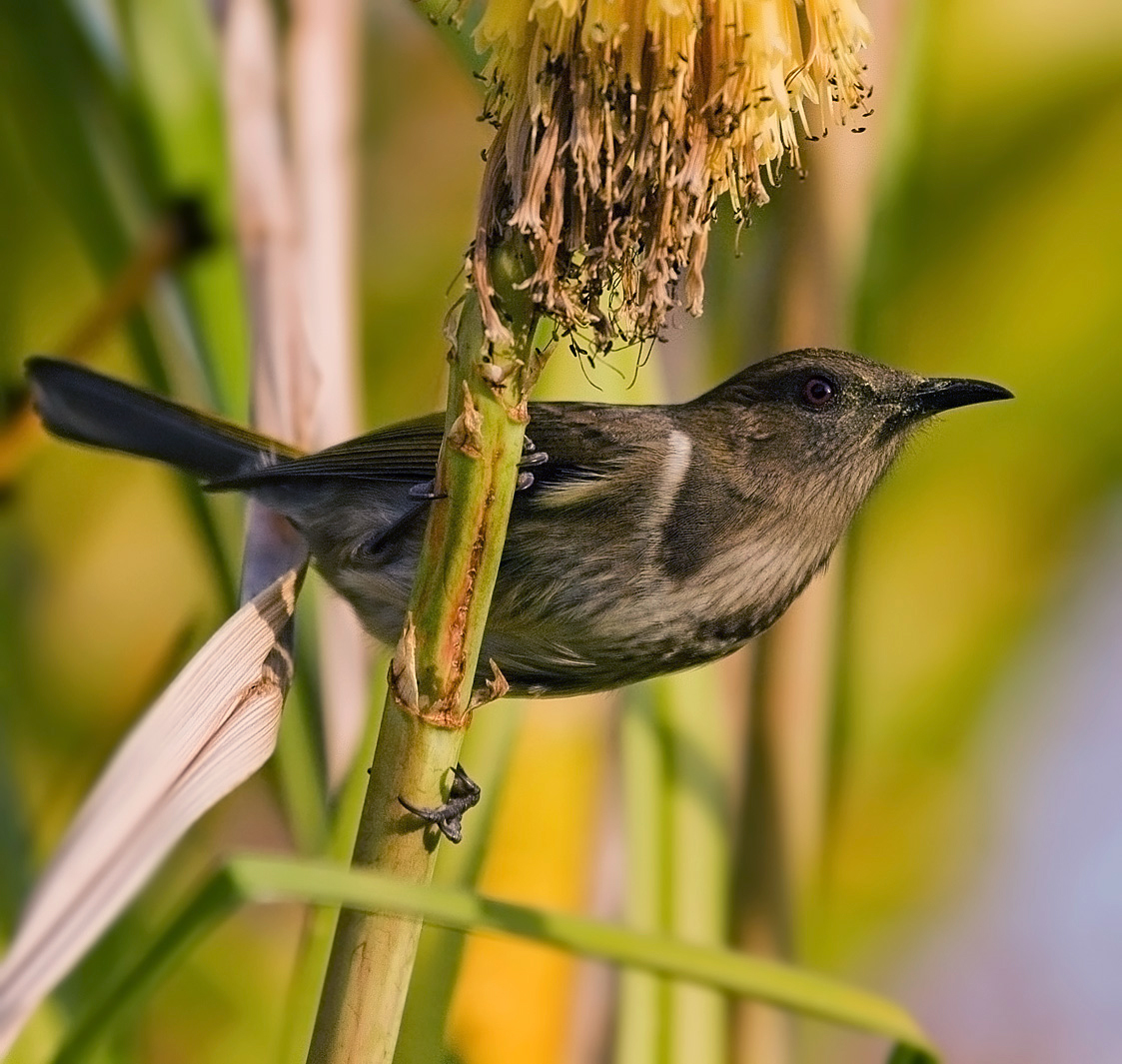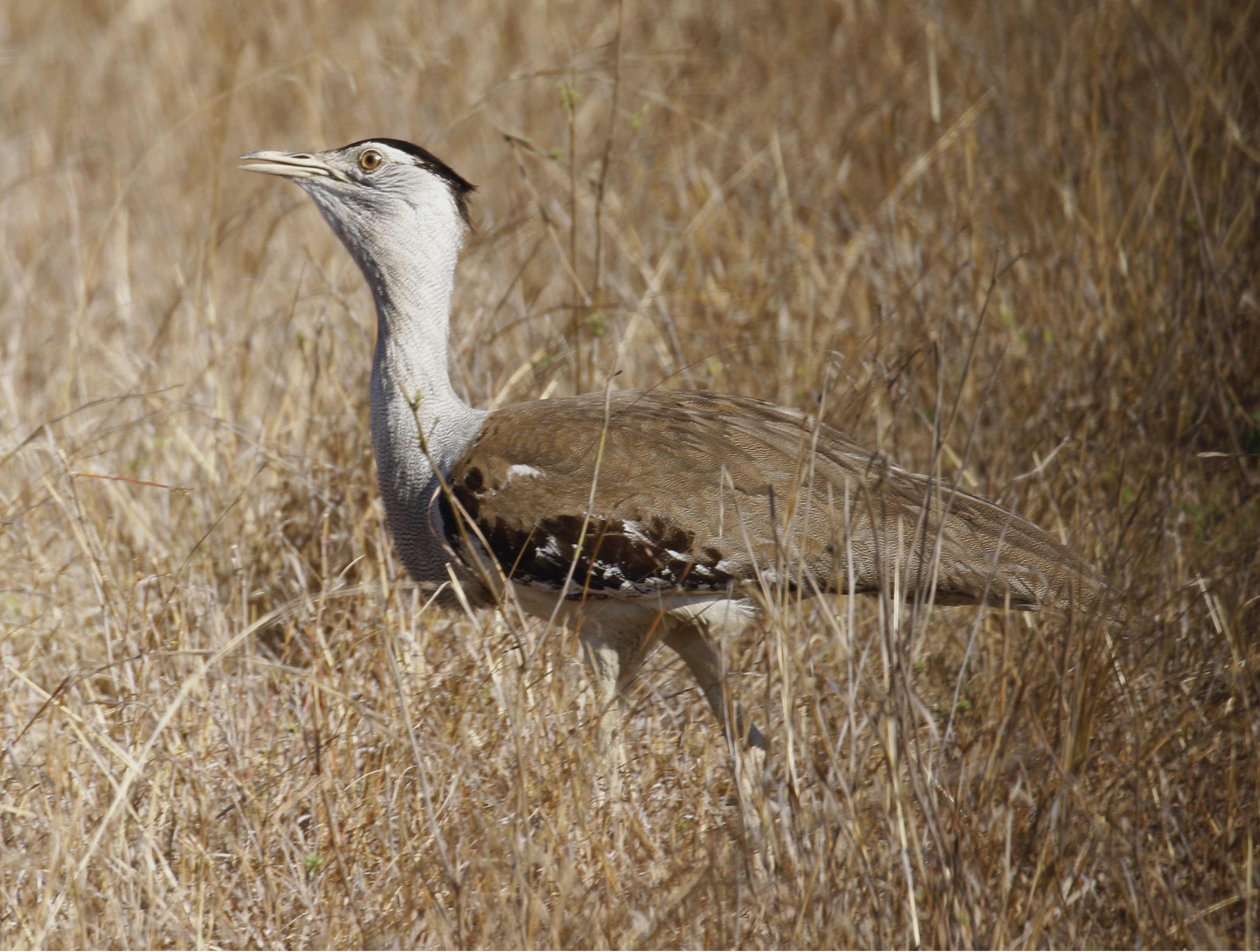Western Australian Mulga Shrublands
The ecoregion’s land area is provided in units of 1,000 hectares. The conservation target is the Global Safety Net (GSN1) area for the given ecoregion. The protection level indicates the percentage of the GSN goal that is currently protected on a scale of 0-10. N/A means data is not available at this time.
Bioregion: Greater Australian Interior Desert & Shrublands (AU7)
Realm: Australasia
Ecoregion Size (1000 ha):
46,382
Ecoregion ID:
216
Conservation Target:
66%
Protection Level:
1
States: Australia
The Spotted mulga snake (Pseudechis butleri) raises its head and spreads a hood when alarmed to warn attackers of its strong venom. This fearsome snake occurs only in the woodlands and mulga shrublands of Western Australia. Flocks of emu forage through these visually striking mulga woodlands with their dark green foliage, grey green bushy understory, and red soils.

The flagship species of the Western Australian Mulga Shrublands ecoregion is the Mulga tree. Image credit: Parksaustralia, Creative Commons
The Western Australian Mulga shrublands ecoregion is mostly covered by mulga trees (Acacia aneura), a type of acacia adapted to hot and arid climate through long tap roots that access water. In some areas the mulga trees are surrounded by Eriachne grassland and various species of spinifex (Triodia), wattle (Acacia), and poverty bush (Eremophila). Wildlife of the region includes birds—such as emus, Australian bustards, and honeyeaters— the great desert skink (Egernia kintorei), mallee fowl (Leipoa ocellata), Alexandra’s parrot (Polytelis alexandrae), and Mulgara (Dasycercus cristicauda), a marsupial predator.
_Emu-CC-William%20Warby-2012.jpg)
Emu. Image credit: William Warby, Creative Commons
Between 1992 and 2001, some parts of the ecoregion was converted to pastoral land, leading to severe land degradation. A drought then reduced agricultural intensity significantly, saving most of the remnants of natural habitat and biodiversity. Thus, much of the region is relatively intact due to variable rainfall and lack of reliable groundwater for agriculture and livestock production. It remains one of the largest landscapes of relatively intact temperate Mediterranean-climate woodland left in the world.

Crescent honeyeater. Image credit: Creative Commons
Nevertheless, the remaining habitat and wildlife of the mulga woodlands and shrublands are threatened by the trampling and foraging of invasive herbivores, such as feral goats and rabbits, predation by dingo, feral dogs, and feral cats, and weeds, such as African boxthorn (Lycium ferocissimum), Patersons curse (Echium plantagineum) and Mesquite (Prosopis spp.). Grazing by sheep degrades vegetation and disturbs fragile soil crusts. Dust from mining activities in the Coolgardie ecoregion degrades native vegetation. The loss of bettongs, rat kangaroos that build burrows, has changed the ecology in some areas. Too frequent fires can degrade mulga, preventing regeneration of woodlands.
The ecoregion has four threatened plant species, 12 threatened mammal species, four threatened birds, and four threatened reptiles. Kennedy Range National Park, the Collier Range National Park, and the Karijini National Park are important protected areas.

Australian bustard. Image credit: Tony Castro, Creative Commons
The priority conservation actions for the next decade are to: 1) increase the use of trap yards by grazers to lower the cost of mustering livestock and diminish grazing pressure; 2) implement Industry Codes of Best Practice related to mining and exploration activities; and 3) increase control of feral animals, particularly dogs.
Citations
- Australian Government. 2015. Gascoyne bioregion. Accessed 1 June 2019 at https://www.environment.gov.au/system/files/resources/a8015c25-4aa2-4833-ad9c-e98d09e2ab52/files/bioregion-gascoyne.pdf
- Australian Government. 2015. Murchison bioregion. Accessed 1 June 2019 at https://www.environment.gov.au/system/files/resources/a8015c25-4aa2-4833-ad9c-e98d09e2ab52/files/bioregion-murchison.pdf
- Rangelands NRM Western Australia. 2019. Gascoyne. Accessed 1 June 2019 at https://rangelandswa.com.au/who-we-are-2/what-are-the-rangelands/gascoyne/



